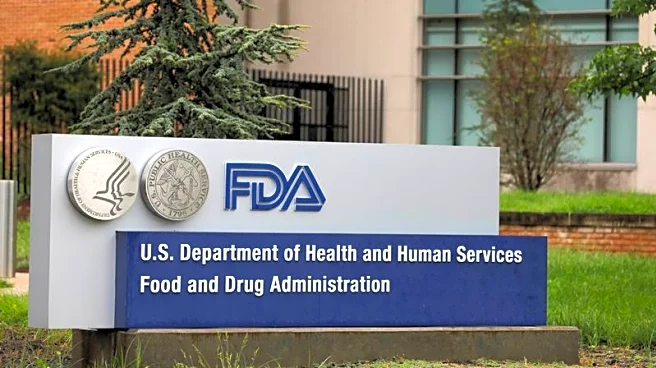What's Happening?
President Trump issued a memorandum to the Secretary of Health and Human Services and the Commissioner of Food and Drugs, addressing misleading direct-to-consumer prescription drug advertisements. The memorandum emphasizes the need for transparency and accuracy in these ads, which can mislead consumers about drug risks and benefits. It calls for increased information on risks associated with prescription drugs in advertisements, aligning with the Federal Food, Drug, and Cosmetic Act's provisions. The directive aims to ensure that drug advertising provides fair, balanced, and complete information to American consumers.
Why It's Important?
This action by President Trump seeks to protect consumers from potentially misleading drug advertisements that may encourage medication over lifestyle changes and favor expensive drugs over cheaper generics. By enhancing transparency, the administration aims to empower consumers to make informed decisions about their health care. This move could impact pharmaceutical companies, requiring them to adjust their advertising strategies to comply with stricter regulations. It also highlights ongoing concerns about the influence of drug advertising on public health and the physician-patient relationship.
What's Next?
The Secretary of Health and Human Services and the Commissioner of Food and Drugs are expected to implement measures to increase transparency in drug advertisements. This may involve revising current regulations and enforcing compliance among pharmaceutical companies. The industry could face increased scrutiny and potential changes in advertising practices. Stakeholders, including consumer advocacy groups and health care professionals, may respond with support or criticism, influencing public discourse on drug advertising and consumer protection.












